By Richard Rule
Kurt Meyer was without doubt one of the most outstanding and highly decorated Waffen SS officers of World War II.
Brave, tough and charismatic, he was an inspirational field commander who typically led from the front, expecting no more of his men than he would of himself. Unfortunately, like so many of his Waffen SS comrades, Meyer’s legendary fighting exploits during six years of war would be stained by his controversial conviction for war crimes.
Born December 23, 1910, to a humble family in Jerxheim, Germany, Meyer enlisted in the SS in 1931; and in May 1934 transferred to Hitler’s personal bodyguard, the elite Leibstandarte SS “Adolf Hitler.” Standing approximately five feet, 10 inches, with broad shoulders and an athletic build, Meyer served in the Leibstandarte’s anti-tank company (Panzerjagerkompanie) as a platoon leader and later as the company commander. Possessing the élan common among Waffen SS officers, the aggressive Meyer received his baptism of fire during the Polish campaign of September 1939, where, for his skill and bravery, he received the Iron Cross second class and a Polish bullet in the shoulder. He recovered from his wounds to lead the Leibstandarte’s 15th Kradschutz Kompanie (motorcycle) with distinction during the campaigns of 1940 through France and the Low Countries and was decorated with the Iron Cross First class.
During these early days of the war, Meyer had shown himself to be not only the archetypal Waffen SS officer, but also a first class leader of fighting men. His innate cool recklessness in battle tempered by keen tactical sense and military skill had not gone unnoticed in the command circles of the Waffen SS. Earmarked for greater things, the 30-year-old officer was promoted to Sturmbannfuhrer (Major) in September 1940.
In 1941, the Leibstandarte was committed to Operation Marita, Hitler’s conquest of Yugoslavia and Greece. It was in Greece, commanding his battle-hardened reconnaissance detachment, that Meyer’s legendary fighting reputation was forged. The German invasion of the Balkans was proving a stunning success, and in order to disrupt the Greek III Army Corps retreat from Albania, Meyer’s men advanced rapidly to storm the Klissura Pass, then sped to Lake Castoria to cut off the Greek forces in the town of Castoria.
Meyer spearheaded the perilous journey across the Klissura Peninsula, but his SS troopers, who had outrun their artillery support, found themselves locked in a desperate engagement against a resolute enemy who refused to give ground. The fighting descended into stalemate as Meyer and his men became pinned down by heavy machine-gun fire. Despite his orders to advance, the men refused to move. So, Meyer threw a grenade at the feet of the last man to get them into the open. The controversial action typified his command style and, although highly unorthodox, it had the desired effect. The machine gun nest was captured and the momentum of the advance restored—but not for long.
The attack once again bogged down in the face of stiff Greek opposition on the approaches to the town of Werjes, situated on the Klissura Pass. The Greeks were well entrenched in the town, and additional troops where deployed on the heights overlooking the pass. In order to breach the defenses, Meyer divided his force into three assault groups, leading one of them personally. The attack, launched at dawn, was brilliantly conceived and executed. By 11 am, his men had stormed the outer perimeter defenses, and by late afternoon the town was in German hands along with 600 prisoners.
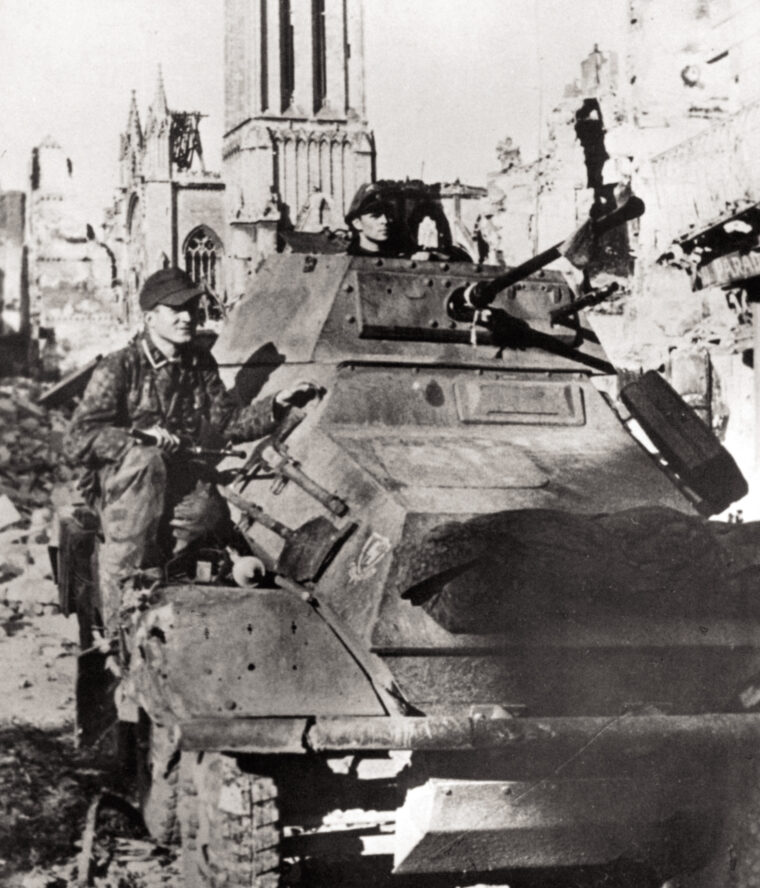
Meyer then pushed on to Lake Castoria and assaulted the town of Castoria from the south. By early evening, the defenders capitulated and 1,100 prisoners were marched into German prison camps. By late April 1941, the one-sided campaign in Greece was over. For his bold and inspiring leadership throughout the Balkan fighting and in particular his victory on the Klissura Pass, Meyer received not only the Knight’s Cross but also the nickname “Panzer” Meyer from his troops. The monicker stuck with him for the rest of his life.
Later that same year, the Leibstandarte was at the forefront of Operation Barbarossa, the invasion of the Soviet Union. Meyer and his reconnaissance battalion were once again immersed in fierce fighting as they regularly ventured deep behind Russian lines and then blasted their way out.
Despite initial and quite incredible success in the East, campaigning in Russia was soon to become a relentless, bitter war of attrition. As the months passed, the men of the Leibstandarte fought themselves to exhaustion. No matter how many villages and towns were captured, no matter how many prisoners were taken, and no matter how many miles were traveled, Russia never seemed to end. It was a hellish theater of operations, but Meyer’s fighting spirit never wavered as he continually led his troops by example—and they idolized him for it. Often, his mere presence in the front line at a critical moment was enough to restore impetus to an attack or rally wavering morale among his troops. No one who served under him was surprised when he was awarded the German Cross in Gold.
Despite their defeat at the gates of Moscow, the Germans revived offensive operations on the Eastern Front in the spring of 1942, and the Leibstandarte was soon immersed in battles of unspeakable ferocity at Ulman, Cherson, and Rostov. At Kharkov in February 1943, Meyer, now an Obersturmbannfuhrer (Lieutenant Colonel), played a significant role in holding back Russian tanks until the rest of his division could deploy to recapture the town. In recognition of his role in the action, he received the oak leaves to his Knight’s Cross. To the chagrin of some Wehrmacht commanders in Russia, Meyer had become one of the best known, admired, and highly decorated officers in the German Armed Forces.
As the tide of war began to turn against Germany, a delusional Hitler believed that men of superior will could overcome reversals on the battlefield. In the face of a looming catastrophe, he looked to men like Meyer to steal victory from the jaws of defeat.
The hard reality was that after more than four years of war Germany’s reserve of military age fighting men was almost exhausted. The Waffen SS, like the army, was unable to replace its grievous losses and, in desperation, tapped into the vast pool of recruits within the Hitler Youth to form the 12th SS Panzer Division Hitlerjugend. By mid-summer 1943, the new division, comprised mostly of 17- and 18-year-olds, assembled at the Belgian SS military facility at Beverloo to undergo rigorous training with veteran officers and NCOs drawn principally from the Leibstandarte Division.
No one doubted the recruits’ dedication to the Nazi cause. With the Allied invasion of Europe imminent, these young soldiers, many of whom were fanatical in their ideological beliefs, would need to be quickly provided with adequate combat and tactical skills if they were to have any chance of success. There was little time for barrack square drill or military formalities as the recruits underwent intense combat training with special emphasis on live firearms exercises under combat conditions.
Meyer, promoted to Standartenfuhrer (Colonel), was chosen to train the division’s 25th Panzergrenadier Regiment. Drawing on his extensive battle experience and natural leadership skill, Meyer did not allow the boys to smoke or drink but ensured that each of them understood that the outcome of the war would turn on the looming battle. Nurturing the belief in each of his troopers that they were utterly invincible, he demanded and received their total loyalty. Meyer trained his charges long and hard, galvanizing the soldiers of the 25th Panzergrenadier Regiment into a firstclass fighting unit eager for battle and quite prepared to give their lives for their beloved Führer.
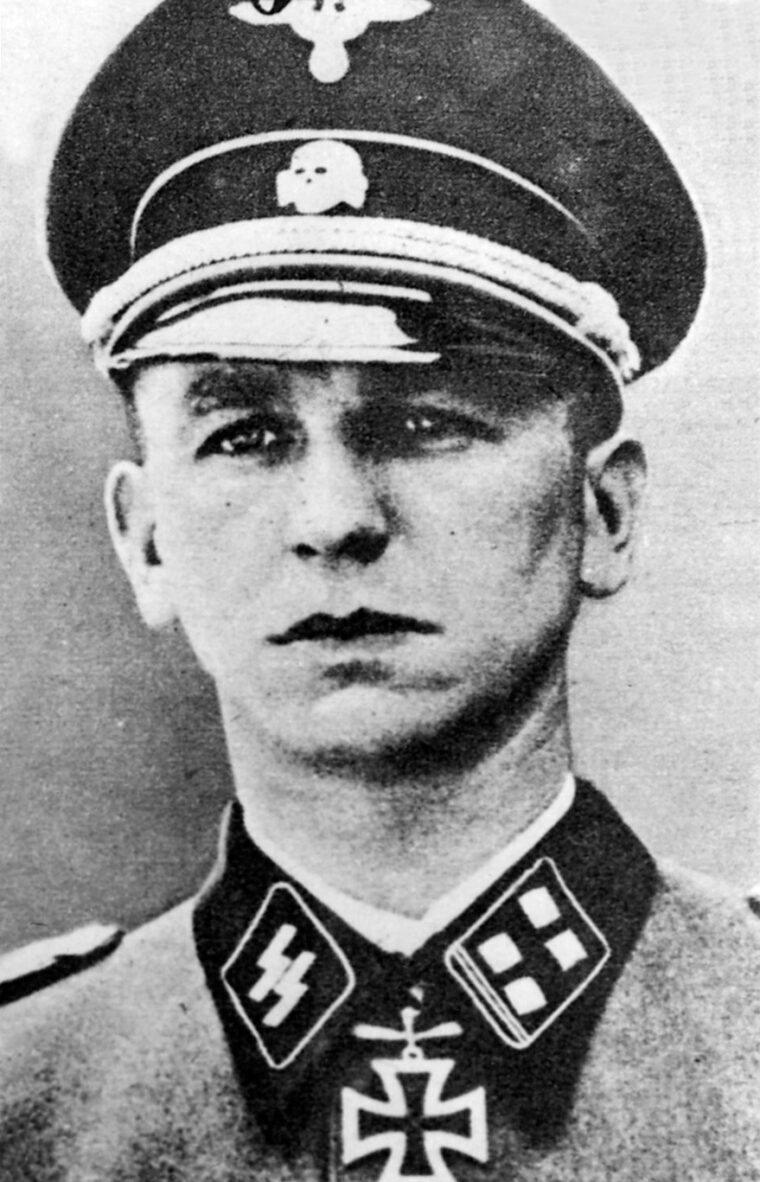
They would not have to wait long.
Deemed ready for offensive operations, the 20,540 men and boys of the 12th SS Panzer Division Hitlerjugend were being held in a reserve area when the invasion of Normandy began on June 6, 1944. Following hours of confusion, Panzer Group West belatedly moved the 12th SS forward to operate on the left flank of the 21st Panzer and Panzer Lehr divisions close to the Juno and Sword invasion beaches used by British and Canadian forces. With orders to “throw the enemy west of the Orne into the sea and destroy him,” the untested unit was the first SS force committed against the Allied troops pushing toward the vital communication center of Caen.
The soldiers of Meyer’s reinforced 25th SS Panzergrenadier Regiment spearheaded the division’s deployment to Normandy and arrived on the outskirts of Caen just after midnight on June 7. Meyer quickly established his command post three miles outside the city in the Abbey Ardenne, whose large towers offered an excellent view of the battlefield. He intended to strike swiftly with a bold counterattack through to the coast commencing at 4 pm, but in the early afternoon of June 7, he could see the 3rd Canadian Infantry Division preparing to launch an attack toward the vital airfield at Carpiquet.
As always, Meyer reacted quickly to the changing situation and scrapped his original plan. Instead, he deployed his forces for a massive ambush. As the Canadian armor and infantry advanced unsuspectingly toward Carpiquet, Meyer waited until they were well inside his predetermined killing zone and then launched his counterattack. The execution was flawless as the young SS grenadiers tore into the shocked Canadians like wraiths, annihilating a company of the North Nova Scotia Highlanders, mauling the rest of the battalion, and destroying 28 tanks.
Buoyed by the success of the ambush, Meyer seized on the momentum to launch a full-scale counterattack, but in the face of withering naval gunfire broke off the engagement and ordered his regiment to dig in and consolidate its gains. The young grenadiers were disappointed they had not driven the Allies into the sea as ordered, but they had stopped the Allied advance on Caen dead in its tracks.
For the next few days, the tenacious Meyer led his men brilliantly in a bloody, bitter struggle against the spirited 3rd Canadian Infantry Division in the villages, hedgerows, and fields around Caen. There is little doubt that Meyer’s inspirational leadership on June 7 played a significant role in preventing the British Second Army from taking the city on D-Day. The Allies had quickly come to realize that their overwhelming air and manpower superiority did not guarantee a quick victory. Meyer’s troops had fought with incredible tenacity, but many had paid the ultimate price for their reckless bravery.
Allied troops, when initially confronted by the SS teenagers, had sarcastically suggested the division should adopt a baby’s feeding bottle as its emblem. However, after days of relentless close quarter combat against these highly motivated boy soldiers, the jokes dried up. The young grenadiers, who had proven themselves a force to be reckoned with, earned the begrudging respect of Allied troops. However, their ruthless fanaticism in battle also aroused in them a deep hatred, especially from the Canadians.
After five years of bloody war, any notion of chivalry on the battlefield seemed to be cast aside at Caen as the relentless combat often mirrored the barbaric intensity of the Eastern Front. In the white-hot cauldron of battle, quarter was rarely given or expected as both German and Canadian troops commonly shot prisoners out of hand in cold blood. It was an unfortunate chapter in the Normandy campaign but one that would have dire consequences for Meyer after the war.
The main body of the 12th SS Panzer Division had finally arrived to take up positions along the defensive line gained during Meyer’s first counterattacks of June 7 and 8. In spite of repeated Allied attacks and the violent artillery barrages which constantly swept their lines, the Germans stubbornly maintained their tight grip on Caen.
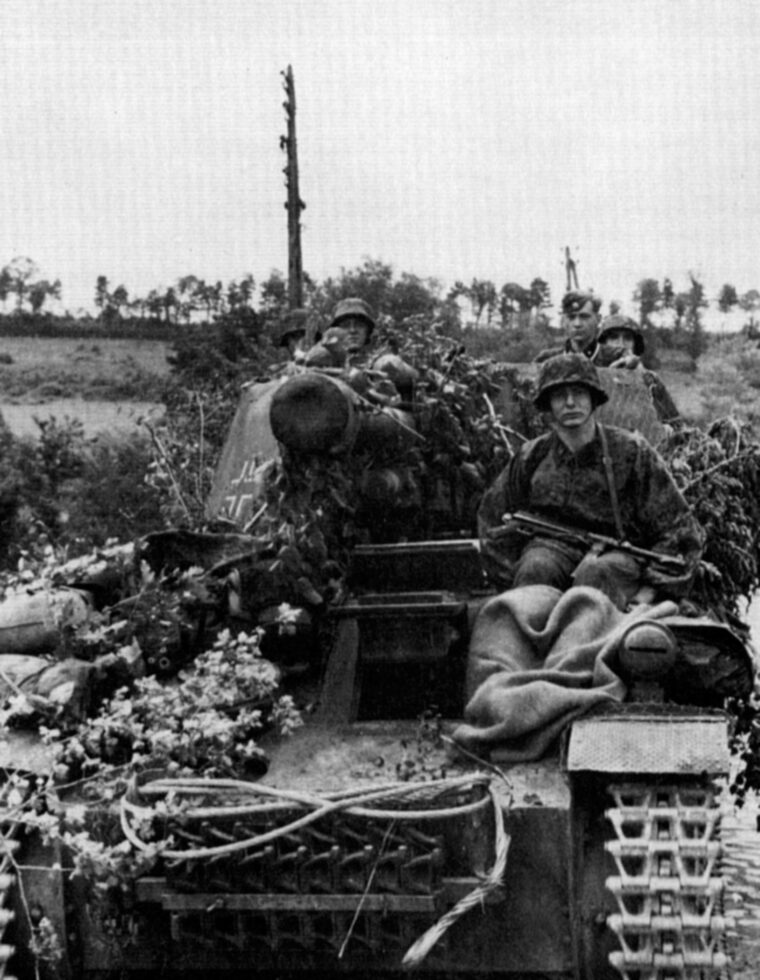
On June 14, the unit’s divisional commander, General Fritz Witt, was killed by naval gunfire at his headquarters in Venoix. Meyer, as the senior ranking officer, took his place. At 33 years of age, he became the youngest divisional commander in the German armed forces. The ability to seamlessly coordinate the use of his tanks and mechanized infantry in the most trying battle conditions not only bolstered his legendary fighting reputation but stretched the boundaries of the impossible as his troops continued to hand out stinging defeats to British and Canadian forces converging on Caen. For his extraordinary efforts in thwarting the Allied drive, Meyer was awarded Swords to his Knight’s Cross and promoted to Brigadefuerher (Major General).
Day and night for four weeks, the 12th SS had been the rock of the German defenses at Caen, but with each passing day casualties mounted as few replacements arrived to fill the gaps in the line. By the first week of July, the massive buildup of Allied men and equipment threatened the 12th SS with encirclement. In spite of Hitler’s orders to hold at all costs, Meyer withdraw from Caen to new positions south of the city. After 33 days of spiteful combat, much of it hand to hand, Caen had at last fallen to the Allies.
The loss of the city in no way diminished Meyer’s fierce will to resist the enemy. By July 19, his 12th SS was once again in the thick of the fighting as the British and Canadians launched Operation Goodwood in an effort to break out of the French hedgerow country. In a remarkable feat of arms, the young SS troopers met the attack head on and succeeded in blunting the Allied drive near Vimont.
The SS men would remain there, fighting and dying in droves, for the next two weeks until finally pulled out to form the reserve for 1st SS Panzer Corps. With little respite and few reinforcements, Meyer found his exhausted division used as a fire brigade hurled in to fill breaches in the main battle line as one crisis followed another.
Despite the overwhelming odds, and infused by Meyer’s dynamic personality, the division continued to fight with suicidal fanaticism; many of his grenadiers grimly fought to the death rather than surrender, while others, carrying explosives, climbed onto enemy tanks, destroying the vehicles and themselves.
During the first weeks of August, the 12th SS played a vital role in halting two separate Canadian offensives, Totalize and Tractible, but by now even Meyer was beginning to wonder how much more his troops could take. In two months of fighting, his division had been bled white and was, by now, a mere shadow of the unit that had arrived in Caen on June 7. Nearly 30 percent of its troops had perished in the inferno of Normandy, while another 40 percent were casualties or missing in action.
When the entire German Army in the West became encircled in the Falaise pocket, nearly 400,000 troops faced annihilation. Meyer withdrew his battered formation to the west with orders to hold the northern side of the Faliase-Agentan gap open to allow as many German troops as possible to escape the trap. The battle was clearly lost, but once again Meyer and his men fought with incredible ferocity to hold open the upper jaw of the narrow corridor. Afterward, they helped cover the withdrawal of the German Army from France. The 12th SS Panzer Division was virtually destroyed in the process. On August 20, the survivors melted away in small groups across the Seine River, ending their remarkable campaign in Normandy.
The remnants of the 12th SS joined the retreat into Belgium, leaving behind over 9,000 comrades and practically all their tanks, artillery and heavy equipment. Meyer, now wounded, had survived years of heavy combat. However, his war would come to an inglorious end on September 6, 1944, when he was captured by a Belgian farmer and his son and handed over to the British before local partisans could shoot him.
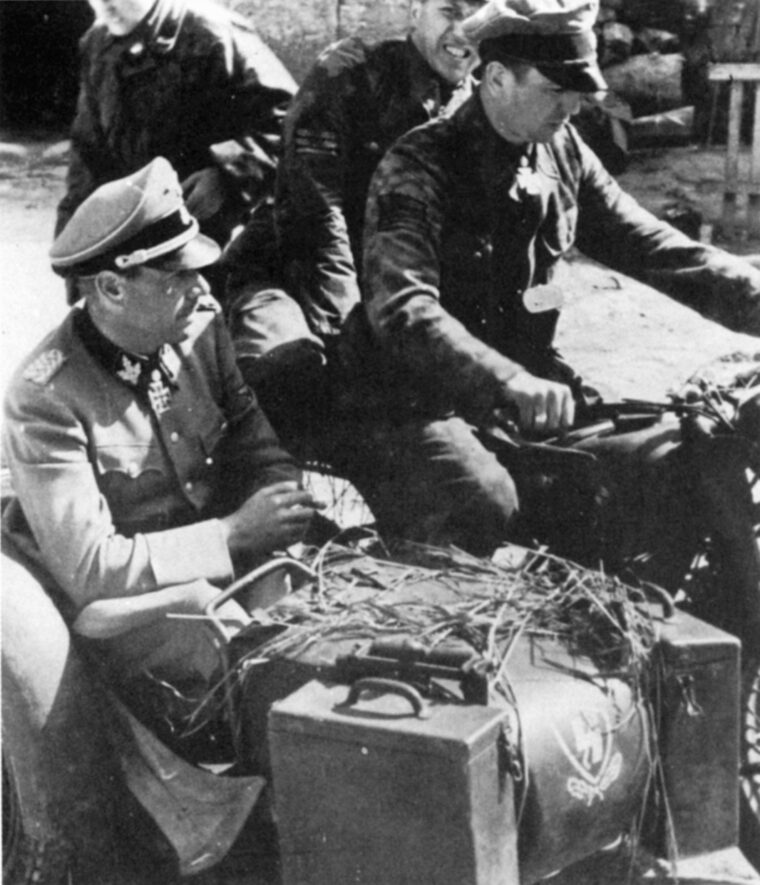
Following his captivity in England, Meyer and a number of his officers were returned to Germany in December 1945, to face five war crimes charges filed by the Canadians. He was tried in the small north German town of Aurich and found guilty on two counts, inciting men under his command to deny quarter, and the merciless killing of Canadian prisoners of war at his headquarters in the Ardenne Abbey during June 7-8, 1944.
Meyer was the first German war criminal to face the death penalty, but the sentence was later controversially commuted to life imprisonment. His reprieve caused outrage in Canada, where Meyer was regarded as a war criminal of the highest order. It was widely believed that during the bitter fighting his troops had actually murdered at least 156 captured soldiers of the 3rd Canadian Infantry Division.
Due to a lack of firm evidence connecting Meyer with the crime, no charges were ever brought. Many within Germany, however, viewed Meyer’s conviction as another example of victor’s justice. Both sides, they stated, had shot prisoners in cold blood during the early days of the invasion, yet no Allied soldier was ever put on trial.
The accusations and counter accusations continued while Meyer served the first five years of his sentence in Dorchester Prison, New Brunswick, Canada. He was later transferred to the British military prison in Werl, West Germany, from where he was eventually released in poor health in 1954.
Meyer, as an active member of the Waffen SS Old Comrades Association, fought a protracted campaign against the West German Government on behalf of former members to obtain for them the same rights and entitlements received by veterans of the Wehrmacht, Luftwaffe, and Kriegsmarine. He was unmoved by either the damning evidence against the Nazi regime or the countless atrocities committed by the Waffen SS.
As such, Meyer never renounced his National Socialist beliefs and remained proud of everything the Waffen SS stood for and had achieved in battle. He eventually wrote his memoirs entitled Grenadier, which was published in 1957 and enjoyed several reprints. His health detoriated rapidly toward the end of the 1950s, due largely as a result of the more than 30 wounds he had received during the war. On the day of his 51st birthday, December 23, 1961, Kurt Meyer died of a heart attack, leaving behind a wife and five children.
Over 4,000 mourners attended the funeral of the unrepentant Nazi at the Hagen-Delstern cemetery in Westphalia, bidding a final farewell to a man widely considered one of Germany’s finest warriors.
Author Richard Rule is a veteran of the Australian Army who has written several books, works in sales management, and enjoys fly fishing. He writes from his home in Heathmont, Victoria, Australia.
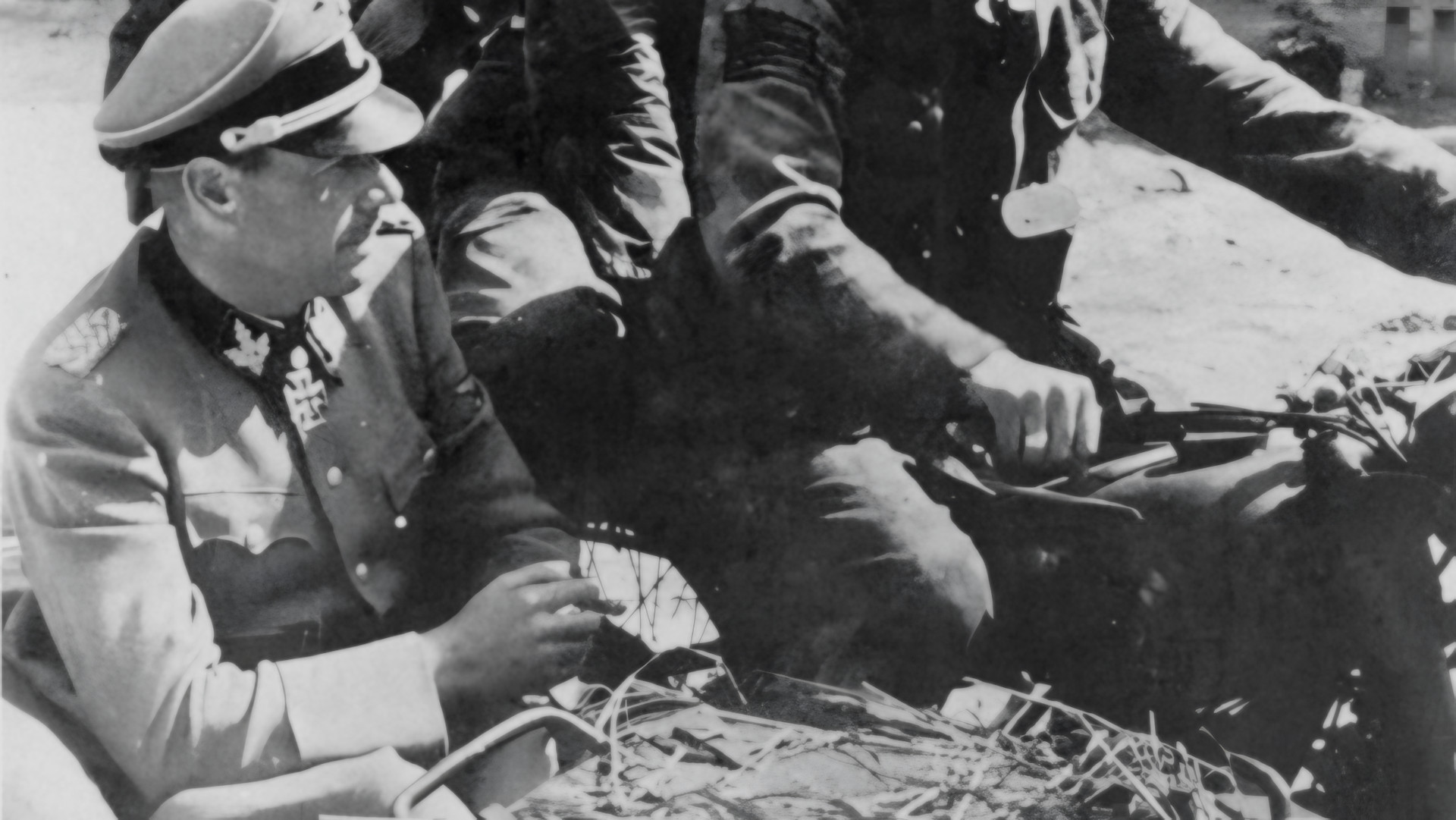
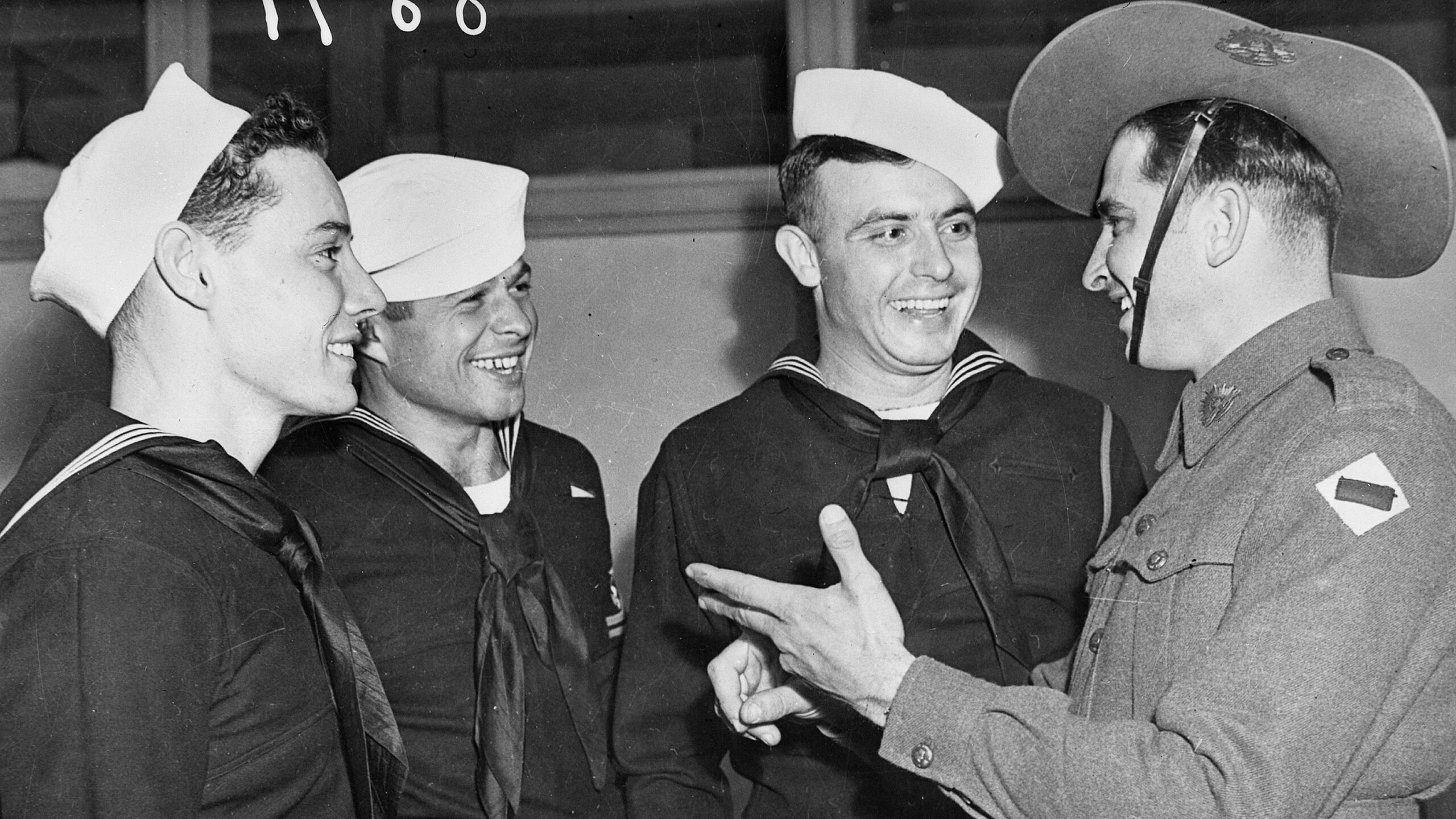
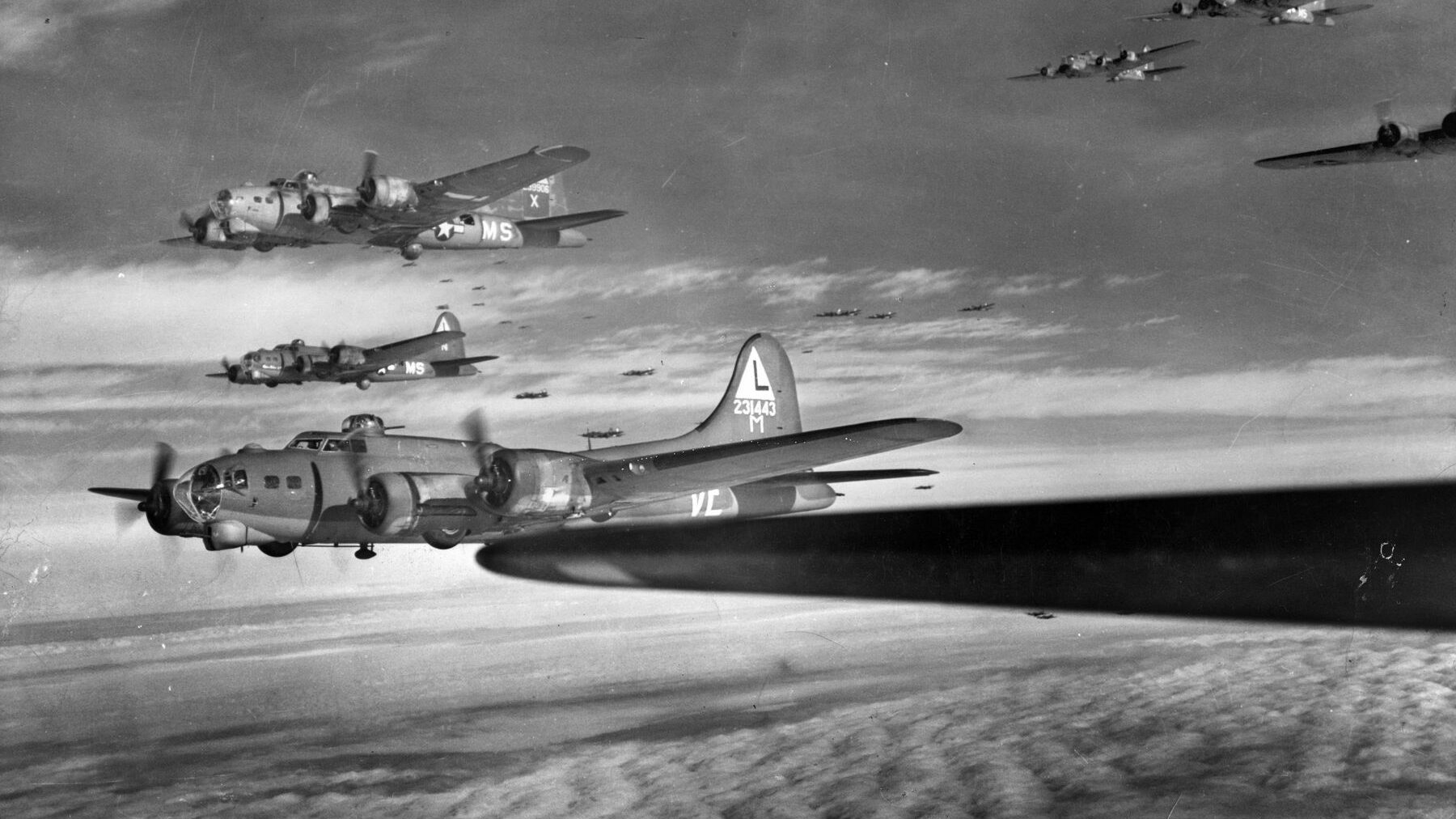
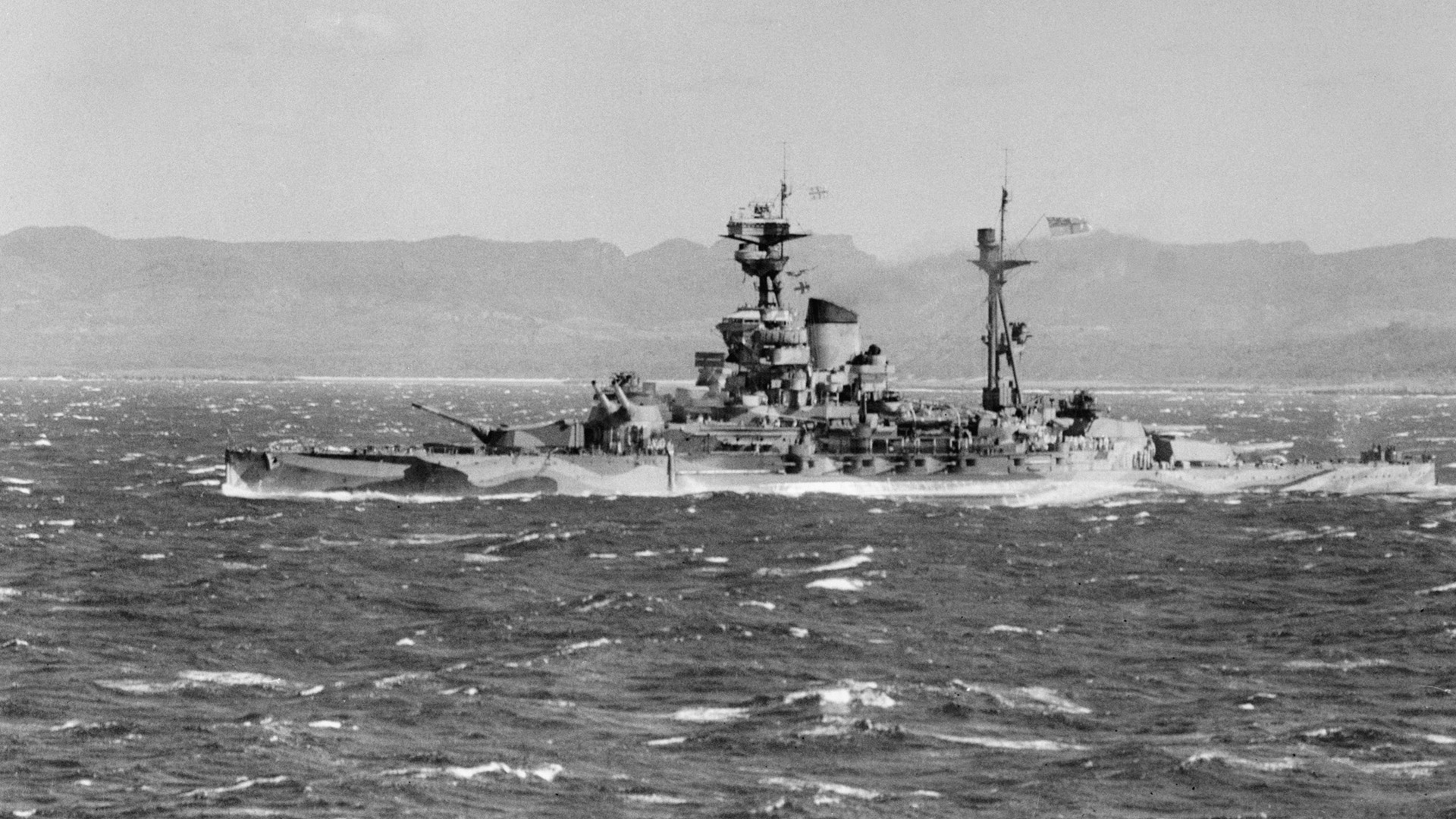
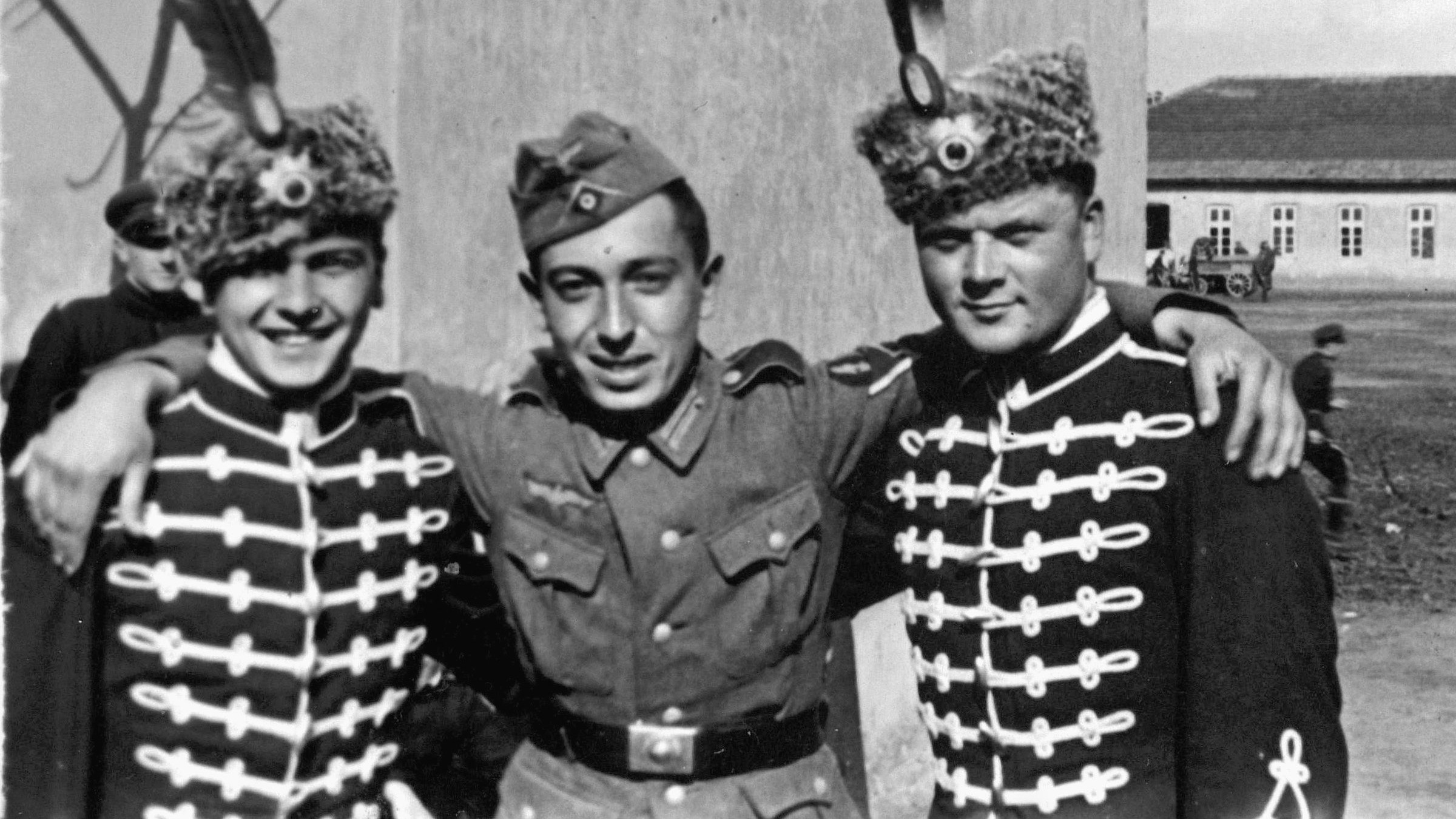
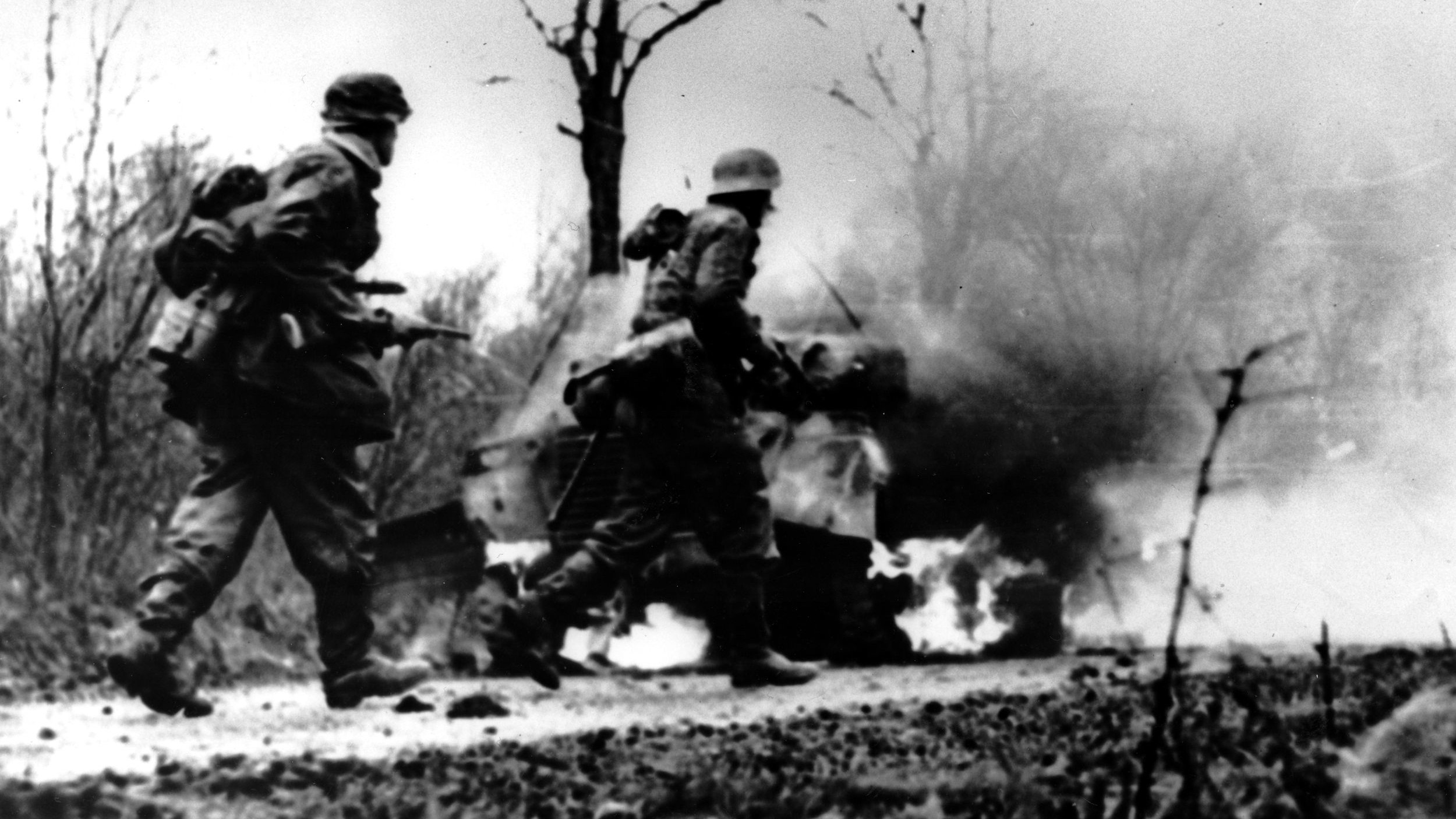
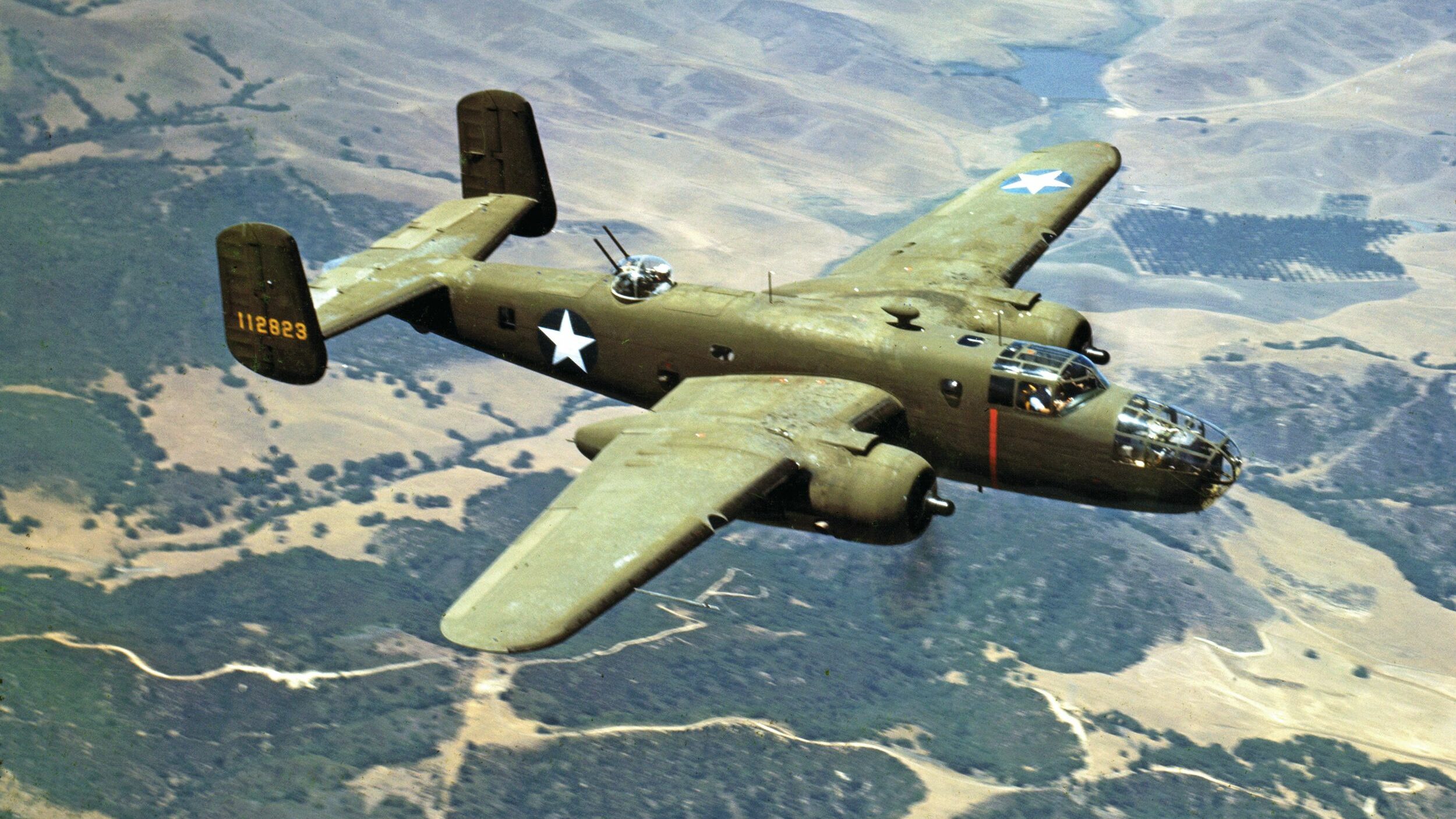
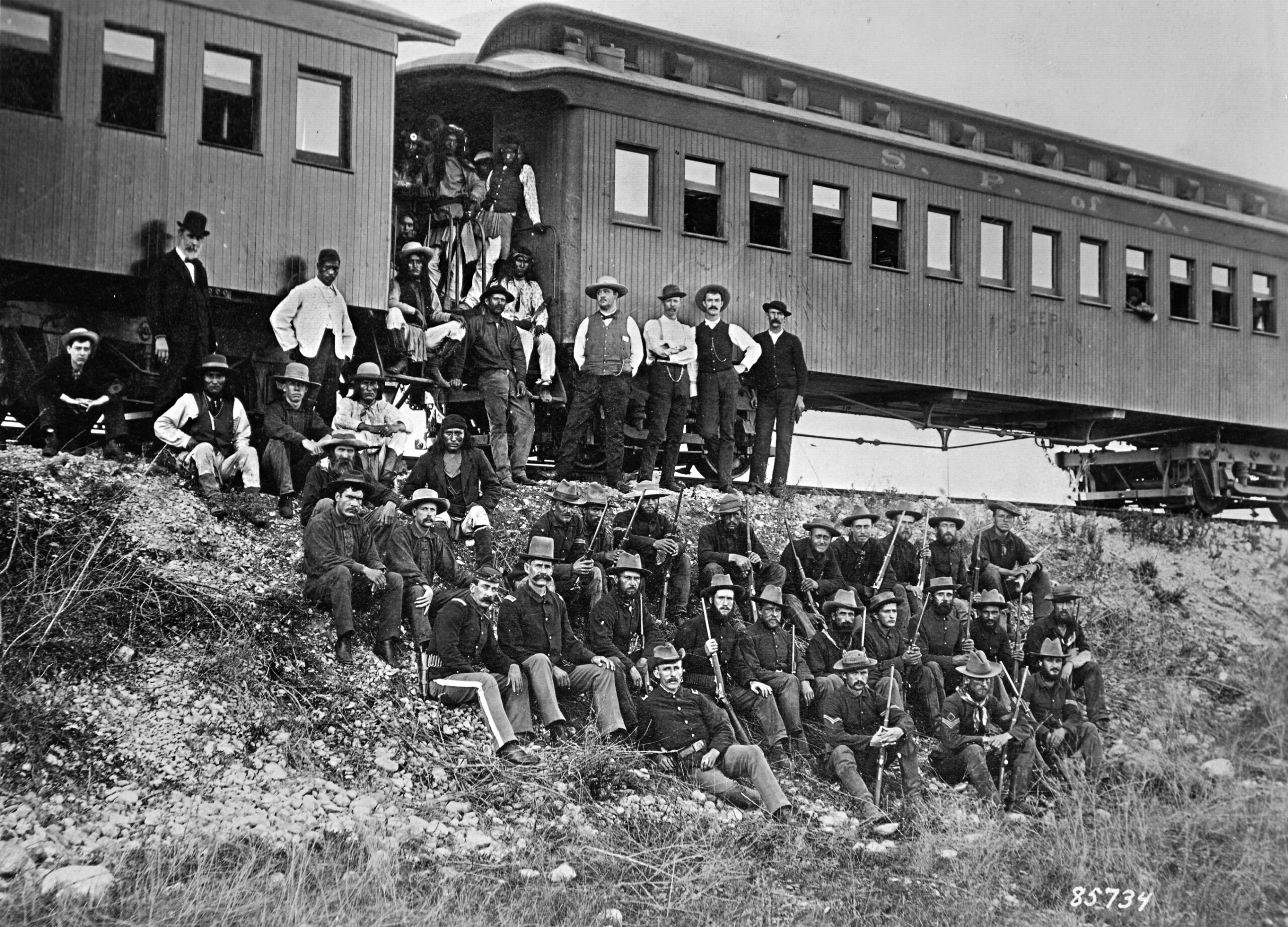
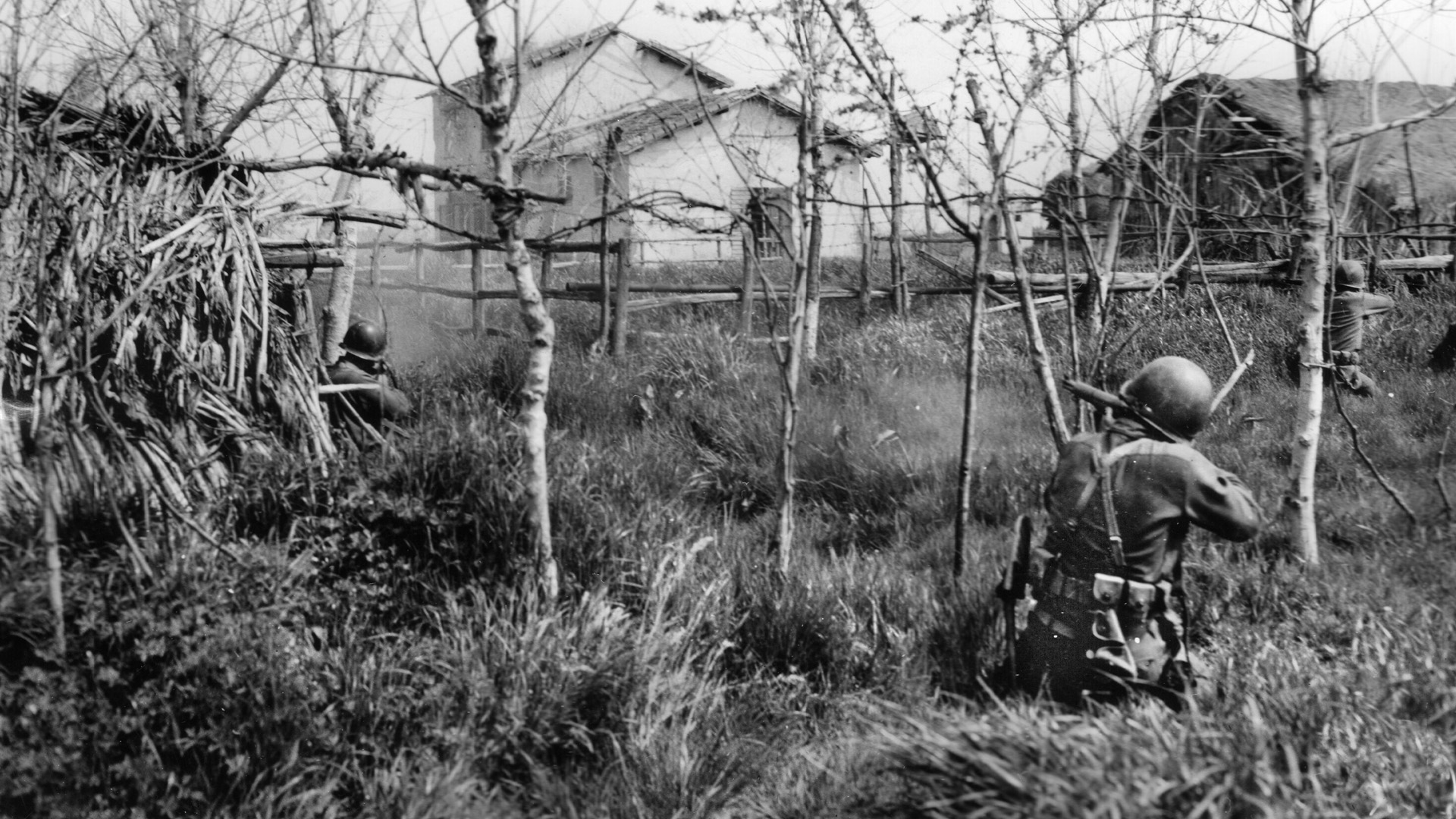
As an American of German descent whose entire family emigrated from Germany before WW I because they could not abide rising militarism in the country, I have no admiration or sympathy for Meyer. He was quite typical of the fanatical automatons who carried out Hitler’s mad agenda. Unfortunately, sympathy and even admiration for the SS continued among much of recidivist element in the country for decades after 1945. Those who complain about victor’s justice after the war should compare the western actions to that of the Russians. Less than 10% of captured German prisoners returned home from Russia and very few received any sort of trial.